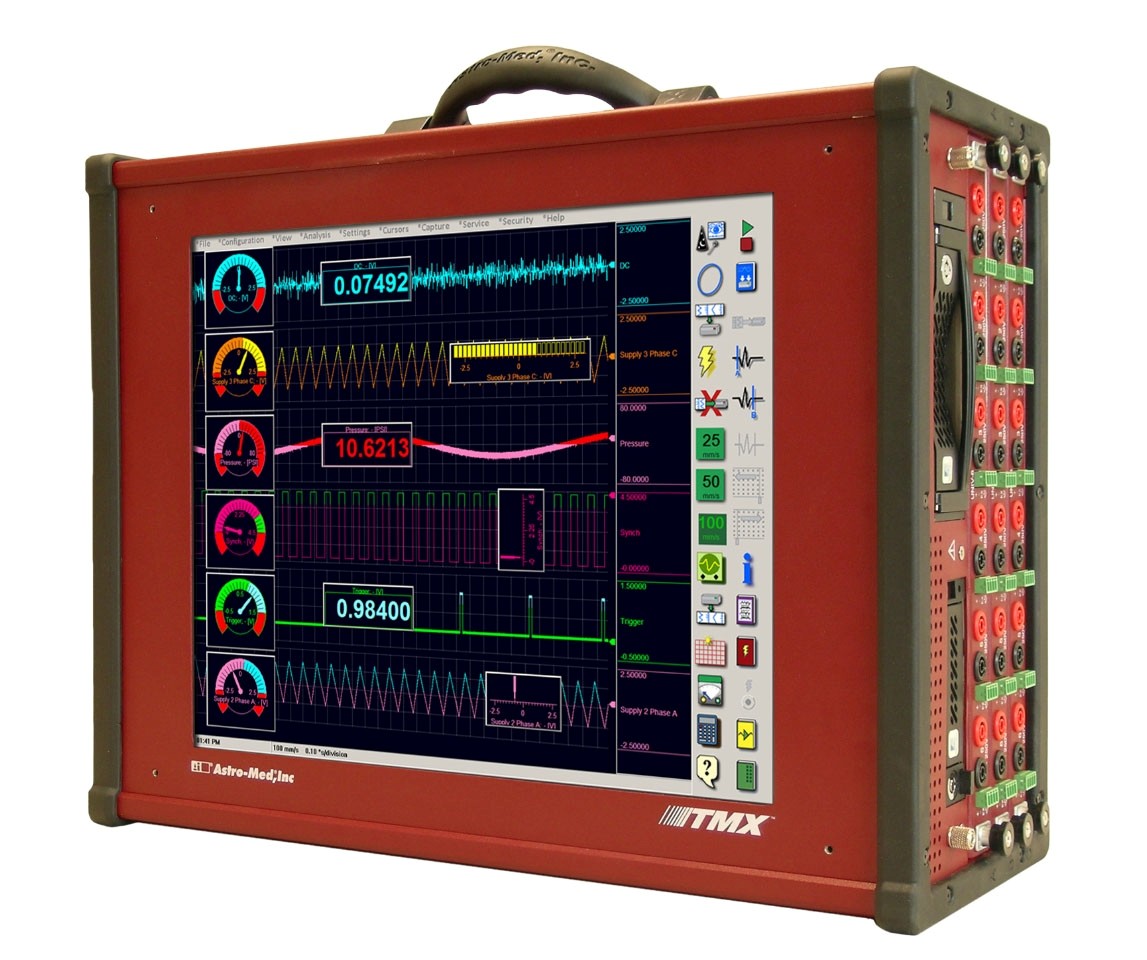Unlocking Insights: The Power of Modern Data Acquisition Systems
Unlocking Insights: The Power of Modern Data Acquisition Systems
Blog Article

In today's rapidly evolving technological landscape, the importance of accurate and timely data cannot be overstated. Organizations across various industries are increasingly turning to sophisticated tools that facilitate the collection and analysis of vast amounts of information. At the heart of this transformation lies the Data Acquisition System, a powerful solution that streamlines the process of gathering data from multiple sources and enables informed decision-making.
As businesses strive to stay competitive, the ability to harness the insights derived from data becomes crucial. Modern Data Acquisition Systems offer the capability to combine real-time data collection with advanced analytics, turning raw data into actionable intelligence. This not only enhances operational efficiency but also drives innovation, allowing organizations to adapt to changing market demands and optimize their strategies for success.
Understanding Data Acquisition Systems
A Data Acquisition System, often abbreviated as DAS, is a collection of hardware and software that enables the gathering, measurement, and analysis of physical or environmental phenomena. These systems are essential in various fields such as engineering, environmental monitoring, and research as they provide the means to convert real-world signals into a digital format for easy processing and interpretation. By capturing data from sensors and other input devices, a DAS can greatly enhance decision-making and operational efficiency.
The core components of a Data Acquisition System include sensors, signal conditioning devices, data acquisition hardware, and software for analysis and visualization. Sensors are responsible for detecting specific physical phenomena, such as temperature, pressure, or vibration. Signal conditioning devices prepare these raw signals for accurate measurement by filtering noise or converting signal levels. The data acquisition hardware then samples and digitizes the conditioned signals, which are subsequently processed by software designed to analyze the data, identify trends, and produce meaningful insights.
Modern Data Acquisition Systems are increasingly integrated with advanced technologies such as the Internet of Things (IoT) and cloud computing. This integration allows for real-time data collection and remote monitoring, significantly expanding the capabilities of traditional systems. By leveraging these technologies, organizations can not only improve their data acquisition processes but also gain valuable insights that drive innovation and enhance productivity across various applications.
Key Components and Technologies
A Data Acquisition System is built upon several key components that work together to capture and process data effectively. At the heart of these systems are sensors, which detect and measure physical phenomena such as temperature, pressure, or light. These sensors convert their measurements into electrical signals that can be processed by the system. The choice of sensors is crucial, as their accuracy and range determine the quality of the data collected.
Once the data is captured, it is processed by an analog-to-digital converter. This technology transforms the continuous signals generated by sensors into digital data, allowing for easier storage, analysis, and transmission. The performance of the analog-to-digital converter can significantly influence the system’s overall accuracy and speed. Alongside these converters, data processing units, often utilizing microcontrollers or dedicated processing chips, play a vital role in managing data flow and executing algorithms for data analysis.
Communication interfaces are another critical aspect of modern Data Acquisition Systems. These interfaces ensure that the collected data can be transmitted to storage devices or be accessed by software for analysis. Various technologies such as USB, Ethernet, and wireless communication protocols are employed, depending on the application’s requirements. The integration of these components and technologies allows data acquisition systems to function efficiently, providing valuable insights across a multitude of industries.
Benefits of Modern Data Acquisition
https://sciotex.com/exploring-daq-systems-and-data-acquisition-systems-and-their-applications/
Modern data acquisition systems offer enhanced accuracy and precision, which are critical for obtaining reliable data in various applications. With advanced sensors and improved signal processing techniques, these systems minimize noise and systematic errors. This results in data that is not only more trustworthy but also allows for better decision-making in fields such as industrial automation, environmental monitoring, and scientific research.
Another significant advantage is the real-time data processing capability that modern systems provide. This enables users to monitor conditions and make immediate adjustments based on the data collected. The ability to visualize trends and patterns as they occur empowers organizations to respond proactively to changes in their environment, ultimately leading to increased efficiency and productivity.
Furthermore, modern data acquisition systems are designed to be highly scalable and flexible, accommodating the needs of various industries. They can easily integrate with existing infrastructures and adapt to different types of sensors and devices. This versatility allows organizations to expand their data collection capabilities without significant investments in new technologies, making it a cost-effective solution for ongoing data analysis and insights.
Report this page